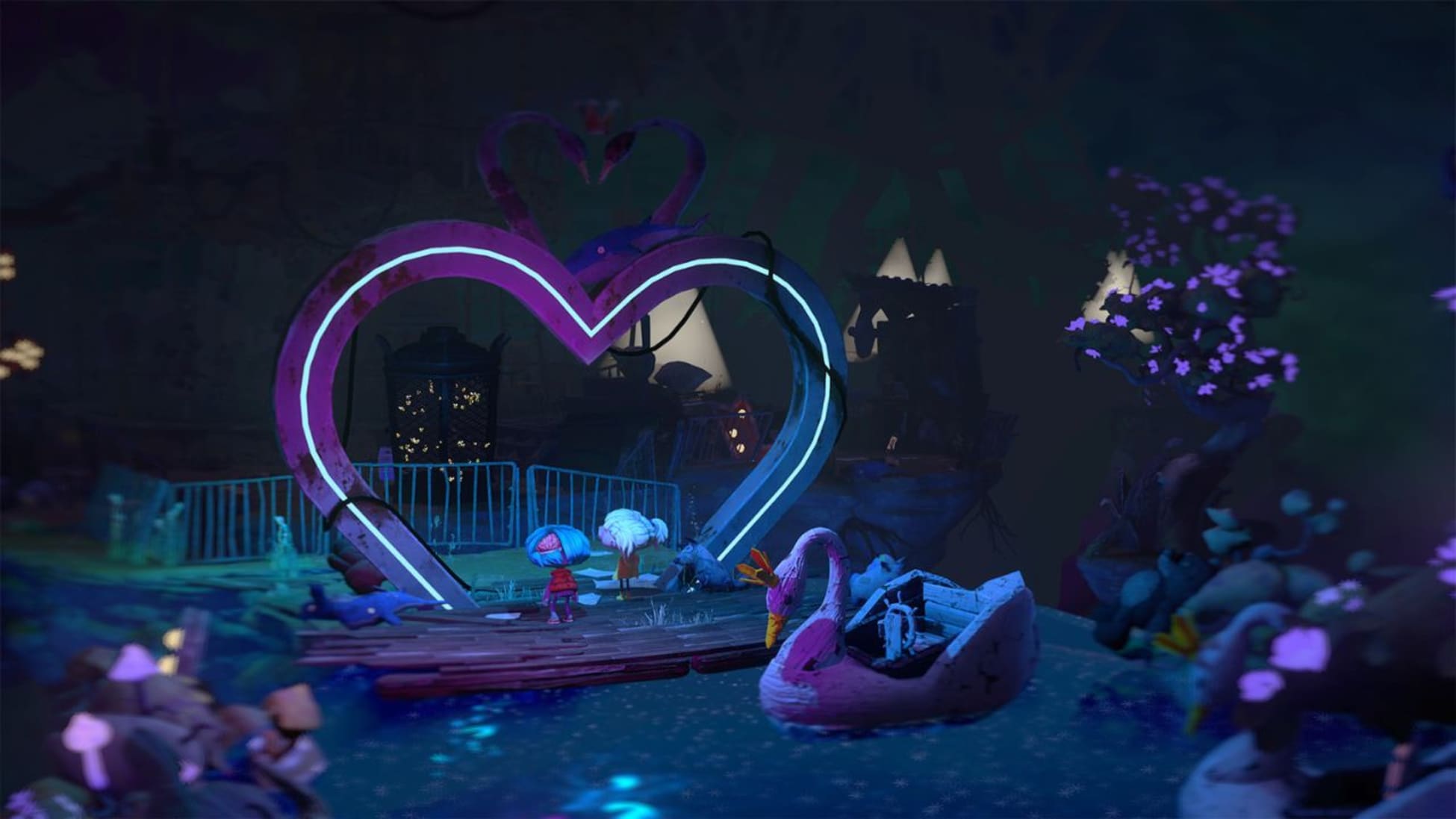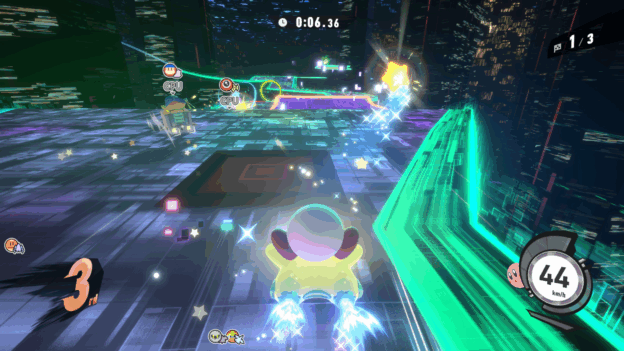Review: Rose and Camellia Collection (Nintendo Switch)

Consisting of ‘open-handed duels’, Rose and Camellia Collection reimagines the simple one-on-one combat game with catty face slaps. It leans heavily on this mechanic for its novelty, executing the feature well, but offering little else otherwise.
Describing Rose and Camellia Collection as ‘five games in one’ is an enormous stretch. The entire Collection consists of four ‘Scenarios’ plus a bonus crossover with an even more obscure game which you have to enable in the settings to play.
Each Scenario offers a brief scene-setting narrative, followed by a series of slap battles, culminating in a more challenging boss fight that ultimately doesn’t deviate from the established pattern. There is a local co-op mode, but it also offers very little variety. You can get through the entire game in less than two hours.
The key feature of Rose and Camellia Collection is the slapping mechanic. The turn-based combat sees two characters delivering open-hand slaps to the other’s face until their health is reduced to zero. You jerk your Joy-Con backwards to dodge and swing it to slap. You can feint to trick your opponent into dodging prematurely and ultimately deliver a stronger blow. If an opponent misses, you can counterattack on their turn.
Occasionally, you can perform a special move to deliver multiple slaps at once, but there’s no clear indication of what triggers this. A couple of characters learn unique attacks, but this happens very late in their stories and you can win easily without ever utilising them. A score in the top corner ticks over as you fight. It has no impact on the game, but it is satisfying to see the number rise.
Alternatively, you can carry out these moves by swiping on the touchscreen in handheld mode. However, this robs the game of what little novelty it has as there is very little else to the gameplay. Rose and Camellia Collection gets repetitive quickly, making its short run time something of a blessing in disguise.
The plot ostensibly centres on an aristocratic Japanese family. The first two Scenarios see noble women catfighting over the inheritance of their family home. The third sees a teenage maid travel the world battling globally inspired enemies in training to defend the household she will serve. The final canon story sees those women defend their home from hostile noble families from the fractured land.
The atmosphere is excellently generated through its art, with elegant characters over sinister backgrounds. The injuries you deal to your enemies during fights are graphic in a way that is gory yet satisfying. The voice acting in the cutscenes is genuinely fantastic, complemented by an incredible soundtrack that evokes the Victorian Gothic style perfectly.
There is plenty of interesting material here that could have resulted in an epic storyline of familial politics and betrayal. Unfortunately, you don’t spend enough time with any of the characters to connect to them. The cutscenes are short and follow very familiar story beats. Supernatural elements are introduced and offer some intrigue, but they’re never explained or explored.
Some of the writing is genuinely good. It is overall darkly funny. However, these moments are few and far between in an already short and under-developed tale. More often than not, the dialogue makes sweeping, uncomfortable generalisations about women that could have been easily left out.
Rather than a complete game, Rose and Camellia Collection feels like a demo of something much larger and better. There is so much potential for a sprawling exploration of the fractured story world with its class politics and sinister demonic entities. The option to choose the dialogue for your character would give you so much more agency as a player, making you feel more invested in the slaps you throw. A more expansive story would also give your poor arm a rest, as it is very easy to click quickly through every cutscene and just slap for an hour straight.
Rose and Camellia Collection is evidently a game that is not designed to be taken seriously. It is purposefully ridiculous, and at times darkly funny. However, the quality of its writing is inconsistent, and it leans far too much on one gimmick to justify its $20 price tag.







